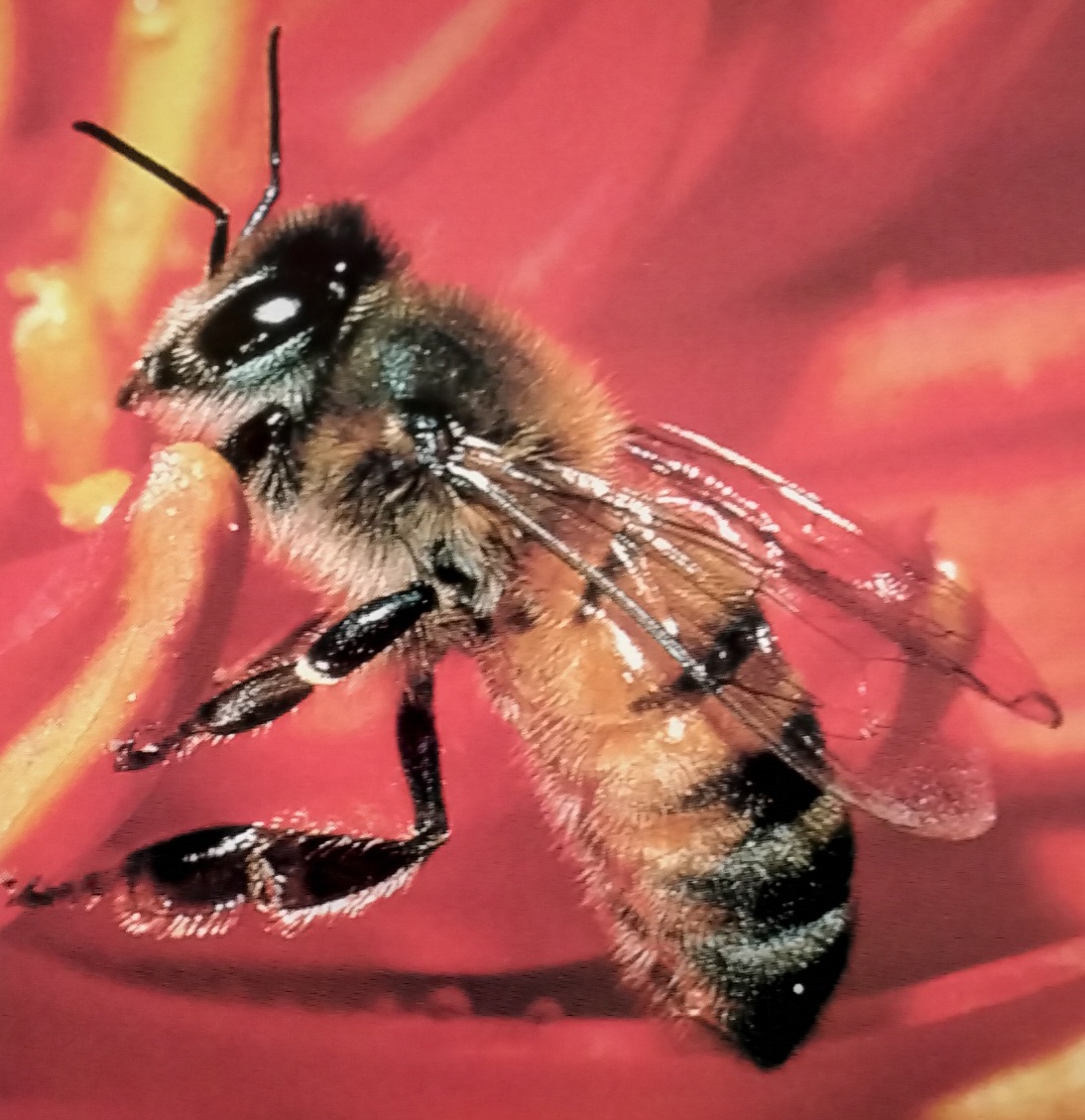Honey bee
Honeybees are among the most important pollinators, benefiting both natural ecosystems and agriculture. Their ability to collect
pollen and nectar makes them vital for the fertilization of flowers.
European Honeybees (
• Apis mellifera*) are widely distributed across Australia and are commonly kept in hives for honey production. These bees are characterized by their barbed stingers, which are used as a defense mechanism. When a European Honeybee stings, its barbed stinger often becomes embedded in the victim's skin, resulting in the bee's death after the sting. This makes them a "one-use" defensive species.
Native Australian bees, in contrast, often lack barbed stingers. This allows them to sting repeatedly if necessary. Additionally, some native bees are solitary species, with each female constructing and defending her own nest.
Barbed Stings
European Honeybees use their barbed stingers to defend their hives and queen. Unlike solitary bees, which can sting repeatedly, the barbed stinger of a honeybee becomes lodged in the target, leading to the bee's death.
Stingless Sawflies
Stingless sawflies are a group of insects that belong to the order Hymenoptera. Unlike bees, they lack a stinger and rely on other means of defense. These insects have evolved a modified ovipositor for laying eggs, which makes them non-threatening to predators. Their resemblance to bees and wasps has earned them a place as mimics in the insect world.[1]

